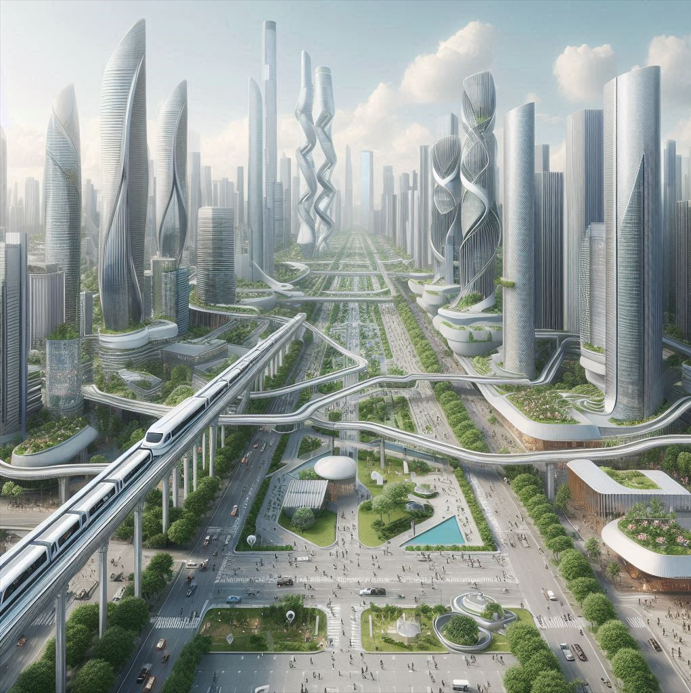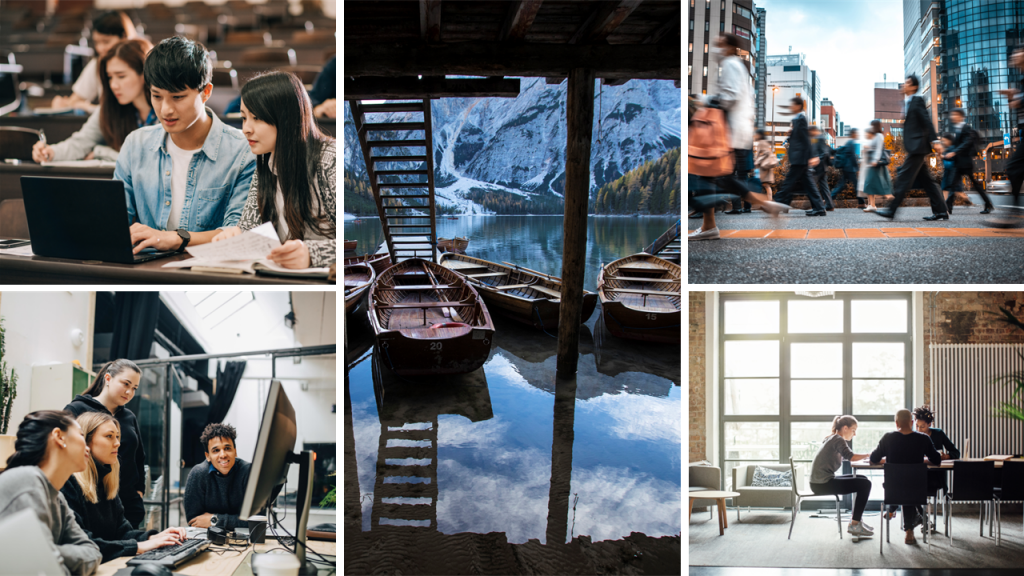Regional revitalization initiative


Regional revitalization aims to develop the region by stimulating economic, cultural, and industrial activities and increasing the motivation of local residents to be active.
Success stories in various categories, including tourism promotion, urban development, employment and sales channel expansion, agriculture, education, and relocation.
“Flood prevention” to protect the region from floods 2: In order to reduce damage from floods, the national and local governments (public assistance), the efforts of each resident (self-help), and “flood prevention activities” (mutual aid) by local residents centered on “flood defense groups”
At home, prepare emergency supplies and check evacuation sites and evacuation routes.
Efforts toward regional revitalization

Proposal for Local Revitalization: Building a Vibrant Community
Introduction
Local revitalization is essential for fostering a vibrant, sustainable community. This proposal outlines a comprehensive plan to rejuvenate our local area, focusing on economic development, community engagement, and environmental sustainability.
1. Economic Development
a. Support Local Businesses
- Grants and Incentives: Provide financial support and tax incentives to local businesses to encourage growth and innovation.
- Business Incubators: Establish incubators to support startups and small businesses with resources, mentorship, and networking opportunities.
b. Promote Tourism
- Cultural Festivals: Organize annual cultural festivals to attract tourists and celebrate local heritage.
- Marketing Campaigns: Develop marketing campaigns to highlight local attractions, historical sites, and natural beauty.
2. Community Engagement
a. Community Centers
- Multi-purpose Facilities: Create community centers that offer recreational activities, educational programs, and social services.
- Volunteer Programs: Encourage community members to participate in volunteer programs to foster a sense of ownership and pride.
b. Public Spaces
- Parks and Green Spaces: Develop and maintain parks, gardens, and green spaces for recreational activities and community gatherings.
- Public Art Projects: Commission local artists to create public art installations that reflect the community’s identity and culture.
3. Environmental Sustainability
a. Green Initiatives
- Renewable Energy: Invest in renewable energy sources such as solar and wind power to reduce the community’s carbon footprint.
- Waste Management: Implement comprehensive recycling and waste management programs to promote sustainability.
b. Sustainable Transportation
- Bike Lanes and Public Transit: Develop bike lanes and improve public transportation to reduce traffic congestion and pollution.
- Electric Vehicle Charging Stations: Install charging stations to encourage the use of electric vehicles.
4. Education and Workforce Development
a. Skill Development Programs
- Vocational Training: Offer vocational training programs to equip residents with skills needed for local industries.
- Partnerships with Educational Institutions: Collaborate with local schools and colleges to provide internships and apprenticeships.
b. Lifelong Learning
- Adult Education: Provide adult education programs to help residents continue their education and improve their job prospects.
- Community Workshops: Organize workshops on various topics such as financial literacy, health, and wellness.
Conclusion
By implementing these strategies, we can create a thriving, resilient community that supports economic growth, fosters social cohesion, and promotes environmental sustainability. Together, we can build a brighter future for our local area.












